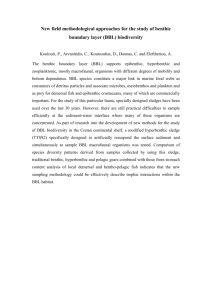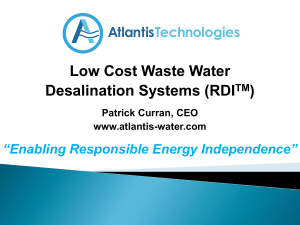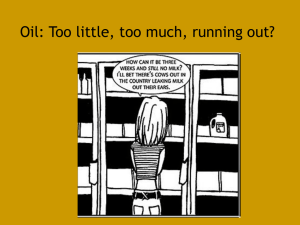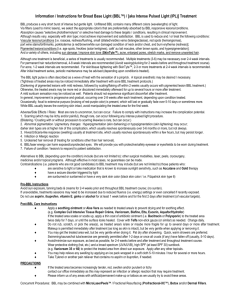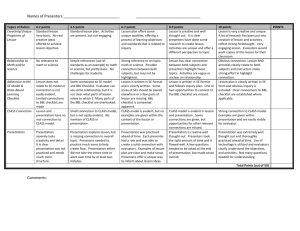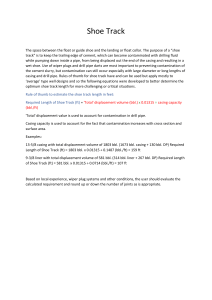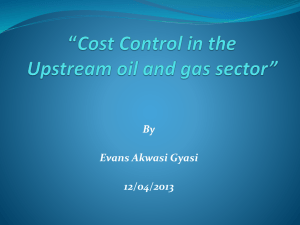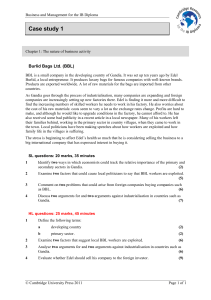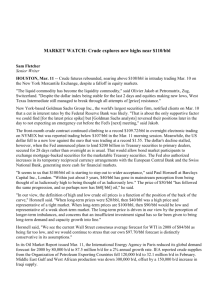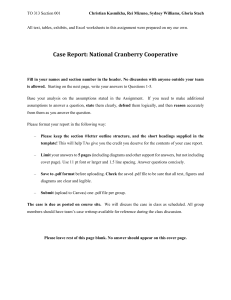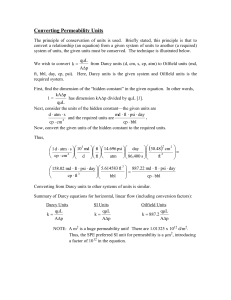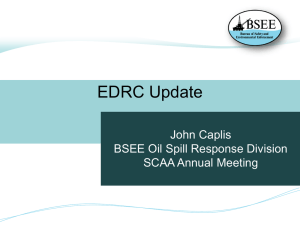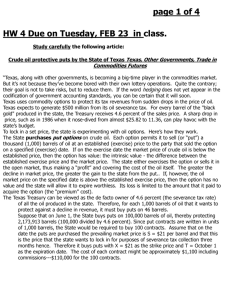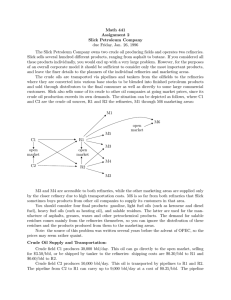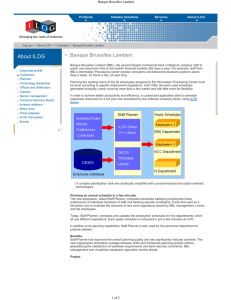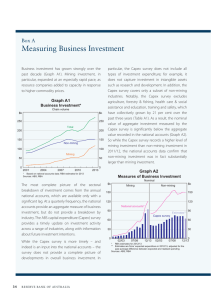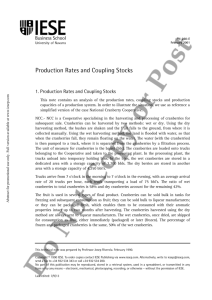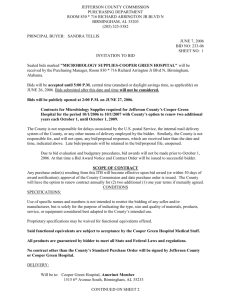Economies of Scale for Biofuels Production
advertisement
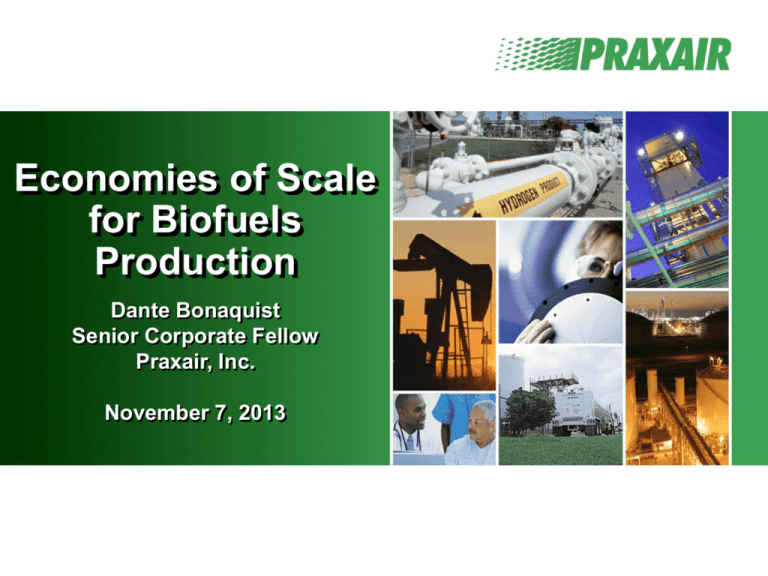
Economies of Scale for Biofuels Production Dante Bonaquist Senior Corporate Fellow Praxair, Inc. November 7, 2013 1 Outline Benefits of Scale II. Efficiency and Scale III. Equipment and Plant Capital Scale Factors IV. Capital Cost Break Points V. Cellulosic Ethanol Plant Cost Data VI. Natural Gas + Biomass to Liquids Plant Cost Data VII. Biofuels CAPEX vs. Capacity VIII. Achieving Nth Plant Costs IX. Methodology for Estimating Return on Investment I. 2 Benefits of Scale Unit product cost generally decreases with increasing plant size Capital cost – Power law exponent < 1 Efficiency – Proportionally lower losses at higher capacity – Shorter payback for high efficiency features on larger items Labor – Size of staff not proportional to capacity Monetization of byproducts – Larger scale enables investment to realize value that is otherwise lost – for example heat recovery steam generators 3 Efficiency and Scale Fundamentals and economic tradeoffs both favor larger scale Energy losses are a function of surface area, capacity is a function of volume – “square-cube law” Specific energy includes both fundamental effects and capital/efficiency tradeoffs 4 Equipment and Plant Capital Scale Factors The “6-tenths” power rule for scaling equipment and plant costs Rule is based on observation of how equipment and plant costs scale with capacity Cost = Cost0 x (Capacity/Capacity0)x where: x = 0.3 to 0.8 for equipment (typical = 0.6) x = 0.4 to 0.9 for plants and process units (typical = 0.7) Why does it hold? Materials, engineering, fabrication and installation costs are not proportional to capacity 5 Examples of How Equipment Costs Scale Reference: http://www.matche.com/EquipCost/ 6 Capital Cost Break Points Disruptors of the “6-tenths power rule” Materials limitations – Maximum allowable stress – Columns and vessels Shipping limits – Weight and dimensional restrictions – Skids and assemblies Frame sizes – Discrete step changes in the size and cost of gear boxes, bearing, housings, etc. – Compressors, pumps and turbines Shop vs. field fabrication – Discontinuity driven by higher cost and low productivity of field fabrication 7 Cellulosic Ethanol Plant Cost Data 8 NG + Biomass to Liquids Plant Cost Data 9 CAPEX vs. Capacity 10 Achieving Nth Plant Costs 10 to 30% CAPEX saving vs. a one-off custom plant can be realized by: Using standard equipment as much as possible Identifying and designing to key cost break points Designing for minimum field work Reuse of designs to minimizing engineering hours Developing standard modules Planning for multiple plants over time Implementing a procurement strategy that maximizes buying power 11 Estimating Return on Investment 1. 1 2. 2 3. 4. 3 5. 6. 7. Set the capacity in bbl/day of diesel equivalent based on lower heating value Calculate plant CAPEX per bbl/day of capacity Determine product value ($/bbl of diesel eq.) based on WTI benchmark price and applicable renewable fuels credits Determine the required feedstock quantity and cost per bbl of diesel eq. Calculate gross margin per bbl of diesel eq. Payback in days = CAPEX ($/bbl/day) / gross margin ($/bbl) Read IRR from chart 12 Estimating Return on Investment 4 7 5 6 13
